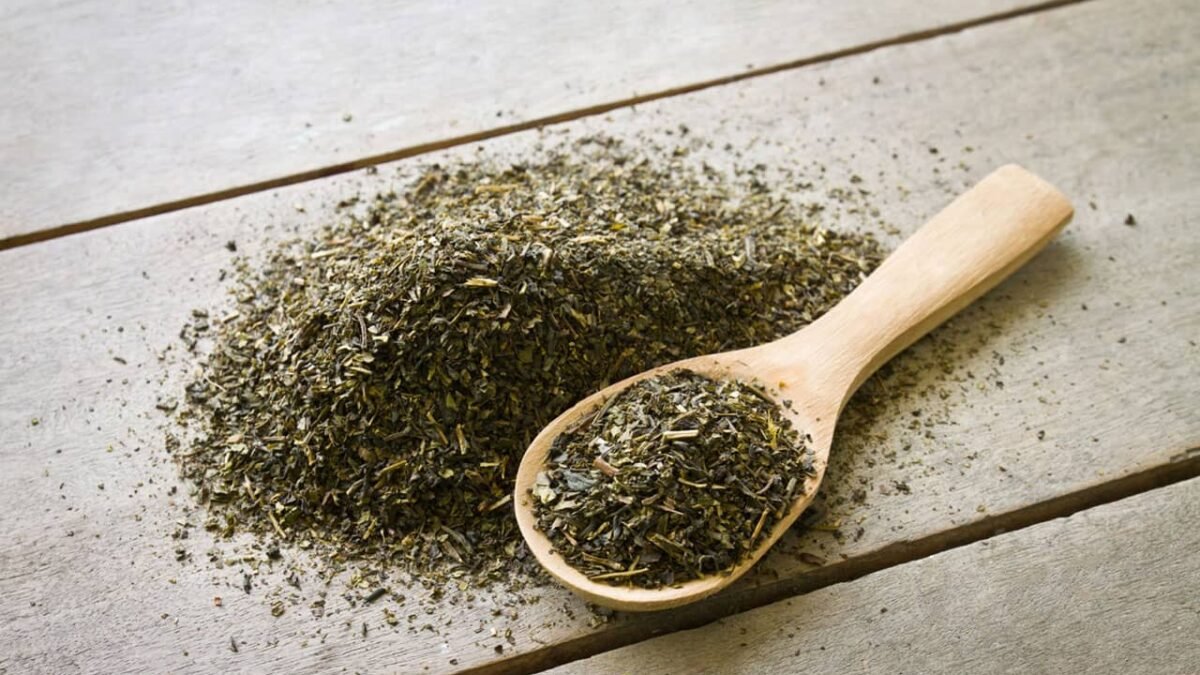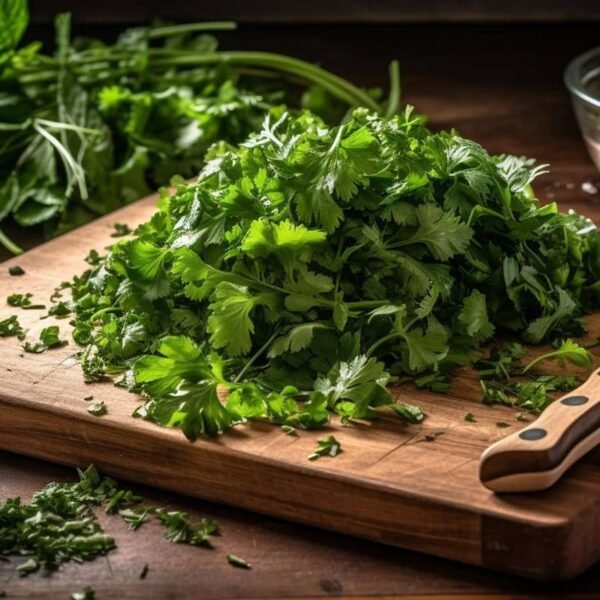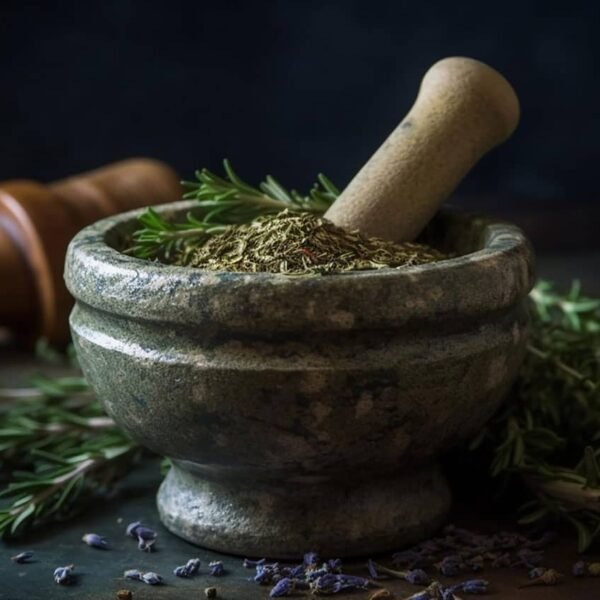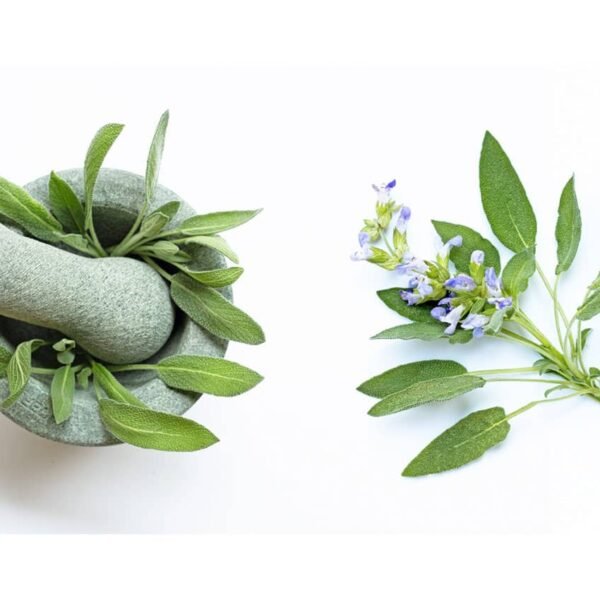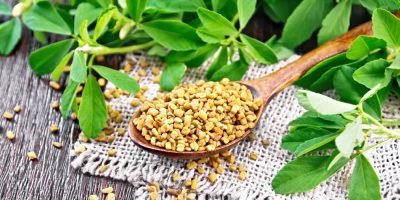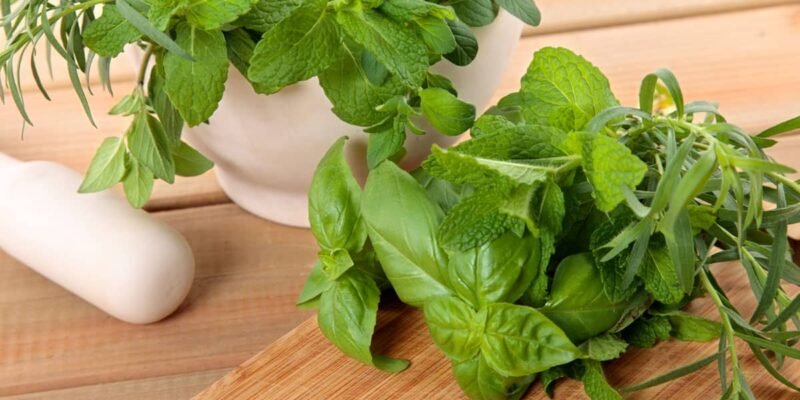

Overview of Basil
Basil, a popular herb in the culinary world, has been cherished for centuries for its aromatic scent and distinct flavor. With its origins dating back to ancient Greece and India, basil has since spread across various cultures, becoming a staple ingredient in numerous cuisines worldwide.
This versatile herb adds an enticing taste to dishes and offers an array of health benefits, making it a valuable addition to any kitchen or garden. This article will provide an overview of basil, delving into its history, different varieties, culinary uses, and potential medicinal properties.
Whether you’re an aspiring chef or simply interested in exploring the wonders of herbs, join us as we uncover the captivating world of basil.
Types of Basil
Basil is a versatile herb that belongs to the mint family. It is widely used in various cuisines worldwide, adding a distinct flavor and aroma. There are several different types of basil, each with its own unique characteristics and uses.
One popular variety is sweet basil, also known as Genovese basil. It has large, dark green leaves and a sweet, slightly spicy flavor. Sweet basil is commonly used in Italian cuisine, particularly in pesto sauce and Caprese salad.
Another type of basil is Thai basil, which has smaller leaves and a stronger licorice-like flavor. This variety is commonly used in Thai and Vietnamese cooking, adding a unique twist to dishes like curries or stir-fries.
Lemon basil is another exciting type with its citrusy aroma and flavor. It pairs well with seafood dishes or can be infused into oils for added zing. Other notable types include cinnamon basil, holy basil (also known as tulsi), purple ruffles basil (with its striking purple foliage), and Greek columnar basil (which grows tall without branching). Each type of basil brings its own distinct taste profile to elevate culinary creations.
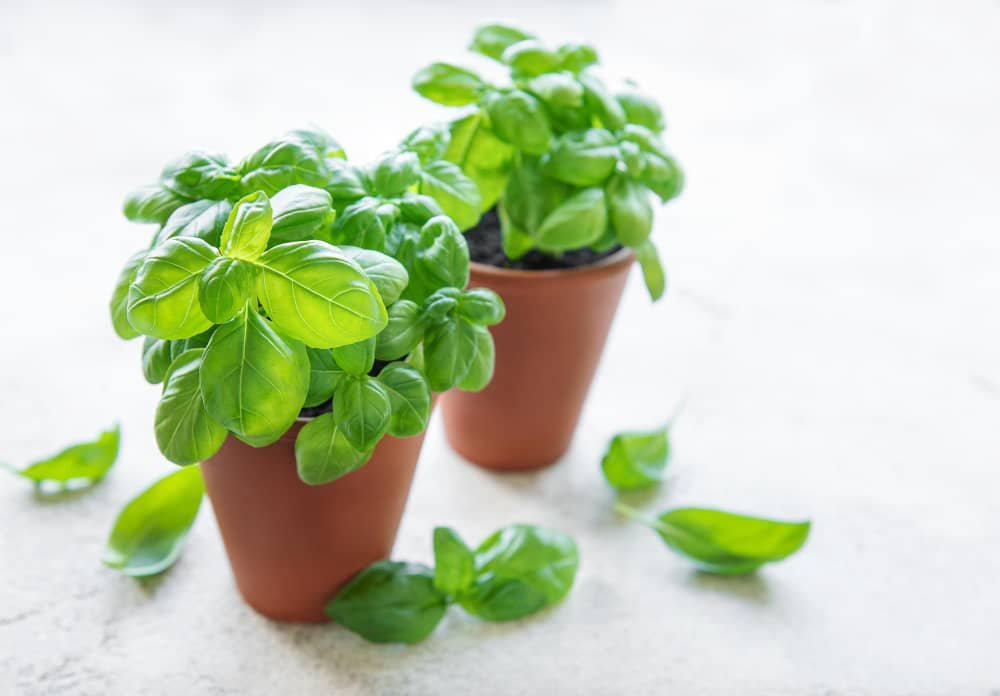
Health Benefits of Basil
Basil is a herb that is widely used in cooking for its aromatic flavor and fragrance. It belongs to the mint family and is native to tropical regions of Asia, Africa, and Central America. Basil comes in various forms: sweet, holy, lemon, and Thai. Apart from adding flavor to dishes, basil also offers several health benefits.
One of the key health benefits of basil is its anti-inflammatory properties. The essential oils present in basil, such as eugenol and rosmarinic acid, have been found to reduce inflammation in the body. This can help alleviate symptoms of conditions like arthritis and inflammatory bowel disease.
Additionally, basil contains compounds that have antioxidant properties. These antioxidants help protect our cells from damage caused by free radicals – unstable molecules that can lead to chronic diseases such as cancer and heart disease. The high levels of beta-carotene present in basil also contribute to its antioxidant effects.
In conclusion, while we often use basil simply for its delicious taste and aroma in our meals, it’s worth noting the numerous health benefits it provides as well. From reducing inflammation to protecting against oxidative stress-related diseases, incorporating more basil into our diets can be a simple yet effective way to support overall well-being.
Uses of Basil
Basil is a versatile herb that offers a wide range of uses in various culinary dishes. Its fresh and aromatic leaves are commonly used as a flavoring agent in soups, salads, pasta sauces, and pesto. The distinct taste of basil adds depth and complexity to these dishes, enhancing their overall flavor profile.
Apart from its culinary uses, basil also possesses several medicinal properties. It has been traditionally used to alleviate digestive issues such as bloating, indigestion, and stomach cramps. Basil leaves can be chewed or consumed in the form of tea to help soothe the digestive system.
Furthermore, basil contains essential oils that have antimicrobial properties. These oils can help fight against certain bacteria and fungi when applied topically or ingested orally. Basil oil is often used in natural remedies for skin infections or as an ingredient in oral hygiene products like toothpaste or mouthwash.
Tips for Growing Basil
Basil is a versatile and flavorful herb that is commonly used in various cuisines around the world. It belongs to the mint family and is known for its vibrant green leaves and distinctive aroma. Basil can be grown indoors and outdoors, making it an excellent choice for gardeners.
When it comes to growing basil, one important tip is to choose the right location. Basil thrives in warm weather and requires at least six hours of direct sunlight daily. Therefore, it is essential to select a sunny spot in your garden or place your potted basil plants near a window where they can receive ample sunlight.
Another crucial tip for growing basil successfully is to provide well-draining soil. Basil prefers soil that is rich in organic matter and has good drainage capabilities. To achieve this, you can mix compost into the soil before planting or use potting mix specifically designed for herbs when growing basil in containers.
Lastly, regular watering is key to ensuring healthy growth of basil plants. However, it’s important not to overwater them as too much moisture can lead to root rot. Instead, aim to keep the soil evenly moist by watering when the top inch feels dry to the touch.
By following these tips, you can enjoy an abundant harvest of fresh basil, adding incredible flavor to your culinary creations throughout the year!
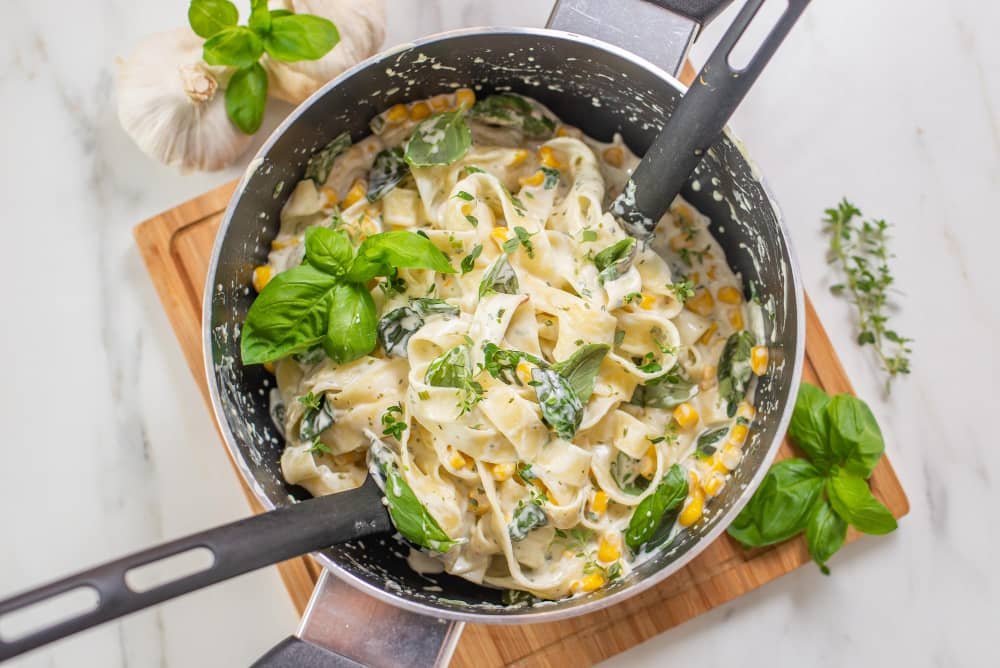
Recipes Featuring Basil
Basil is a popular herb known for its strong aroma and distinct flavor. It is commonly used in Mediterranean and Italian cuisines, adding a fresh and vibrant taste to various dishes. This versatile herb can be incorporated into sweet and savory recipes, making it a favorite among chefs and home cooks.
One delicious recipe featuring basil is the classic Caprese salad. Made with ripe tomatoes, fresh mozzarella cheese, and basil leaves, this simple yet flavorful dish is perfect for summer gatherings or as a light appetizer. The combination of juicy tomatoes, creamy cheese, and fragrant basil creates a harmonious blend of flavors that will leave your taste buds wanting more.
Another mouthwatering recipe that includes basil is pesto sauce. Made from blending together fresh basil leaves, garlic cloves, pine nuts, Parmesan cheese, olive oil, salt, and pepper; pesto sauce adds an explosion of flavor to pasta dishes or even sandwiches.
The aromatic basil gives the sauce its signature taste while enhancing the overall richness of any dish it accompanies. Whether tossed with spaghetti or spread on bread for a tasty sandwich topping – pesto sauce made with basil is sure to elevate your meal to new heights of deliciousness.


